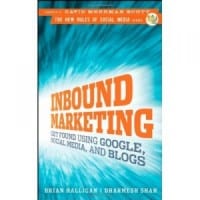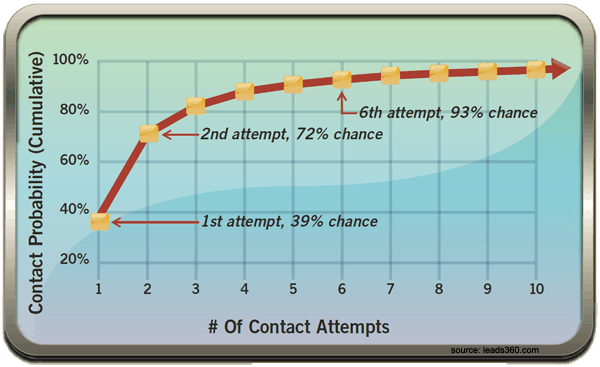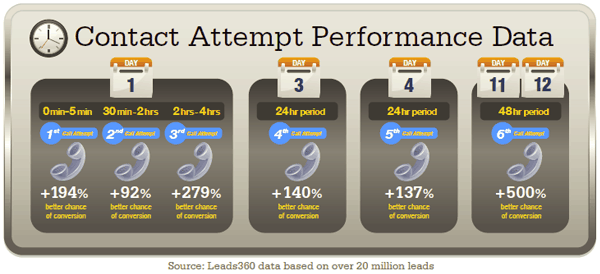Inbound Marketing vs Outbound Marketing
 Inbound marketing is growing in popularity due to low cost of implementation and efficiency, especially relative to outbound marketing. In this article we’ll compare inbound marketing vs outbound marketing, discuss which is more effective and identify a handful of resources for your follow up.
Inbound marketing is growing in popularity due to low cost of implementation and efficiency, especially relative to outbound marketing. In this article we’ll compare inbound marketing vs outbound marketing, discuss which is more effective and identify a handful of resources for your follow up.
What is inbound marketing?
Inbound marketing focuses on getting found whereas outbound marketing focuses on finding customers. Inbound marketing typically has three components; SEO, content, and social media. SEO is the process of creating optimized web pages and content based on keywords that people search for. Content is the process of creating many landing pages, web forms, blog posts, images, videos, whitepapers and eBooks to attract interested people. Social media is the process of leveraging facebook, LinkedIn, Twitter and other social media to promote your content. All three components are important to any inbound marketing strategy.
Unfortunately, we estimate about 80% – 90% of all marketing investments relate to outbound marketing whereas 10% – 20% of all marketing investments relate to inbound marketing. There’s a paradigm shift in marketing though wherein investments in inbound marketing are increasing due to lower cost and better lead generation results. Let’s compare two investments. Classical outbound marketing calls for cold calling campaigns where inside sales people “dial for dollars”. Instead of marketing blindly, a better investment might be inbound marketing. For example, search engine optimize one of your pages around the cold calling message to attract relevant web traffic and layer landing pages and forms around your optimized content. Would you rather attract and market to people interested in your solution or would you rather go on a hunting expedition not knowing what you’ll bring back?
Which is more effective, inbound or outbound marketing?
Inbound marketing tends to be much more effective vs outbound marketing methods since you aren’t interrupting people to get their attention with emails, cold calls, advertisements, email blasts, trade shows and so on. Inbound marketing makes it easier for solutions to be found by prospects already seeking what you offer. Moreover, it’s more efficient since only people who qualified themselves beforehand approach you whereas outbound marketing is making your customers aware of a product they may not know they need.
More info on inbound marketing vs outbound marketing
• Check out the book above by Brian Halligan, Darmesh Shah and David Meerman Scott who combine to write one of the best-selling books on inbound marketing.
• Check back later this week for an article on how revenue generation software like Lead Liaison’s can support and improve your inbound marketing efforts.
We welcome your feedback, comments and suggestions. How do you define inbound marketing vs outbound marketing? What inbound marketing tactics do you find effective?
To be alerted of future posts, please click on the RSS button.














